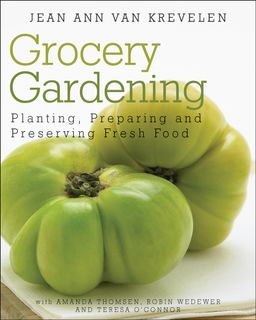 |
| A pine needle-infused bath is just one earth-friendly way to reuse your Christmas tree. |
Here are eight better ways to reuse your Christmas tree after the holidays:
1. Recycle It: Many communities around the United States offer recycling programs for properly prepared Christmas trees. First, remove ornaments, tinsel, nails and stands. If your tree is taller than 6 feet, cut in half.
Trees that have been flocked, painted or fireproofed cannot be recycled ... something to keep in mind when you shop for Christmas trees each year.
2. Feed the Birds: Set the tree outside and decorate with orange slices, cranberries or popcorn. The birds will love the winter feast. Be sure to remove all tinsel, lights and decorations first.
3. Chip It: Run Christmas trees through chippers or shredders to make mulch for garden paths. Chips also make effective bulk for compost piles. Always strip trees of decorations first.
4. Mulch: Remove needles and use to mulch garden, conserve water and fight weeds. The needles are especially appropriate for acid-loving plants. Later, use tree to support climbing beans or sweet peas in warmer months.
 |
| Photo by doortoriver on Flickr |
5. Protect Wildlife: Consider leaving the tree outside to decompose naturally and provide wildlife cover for birds, rabbits and other small animals. Over time, trees decay and add nutrients to soil.
6. Smell It: Make aromatic portpourri. Combine dry, crumbled needles with cloves, broken cinnamon sticks, dried orange peel and orrisroot. Add a few drops of fir, cedar, pine, orange and/or cinnamon essential oil(s). Keep covered for at least a week so scents blend. Stir regularly. Display in bowls or use as stuffing for scented pillows.
7. Take a Bath: Soaking in a pine needle-infused bath is popular in Europe's Alps. In fact, pine is widely used for muscle pain, rheumatism and circulation problems, according to "The Herb Society of America's Encyclopedia of Herbs and Their Uses," (Dorling Kindersley Publishing, 2001).
For a homemade remedy, infuse pine needles in oil. Fill a glass Mason jar with washed needles and sweet almond oil. Close tightly and place in sunny spot. Steep at least three weeks. For stronger oil, steep longer. Use as a massage or bath oil.
Never use trees sprayed with fire retardant or other artificial substances in bath tea or oil. Ingredients listed here are safe for most people, but always check for skin sensitivities before using.
What's your favorite way to recycle a Christmas tree?













